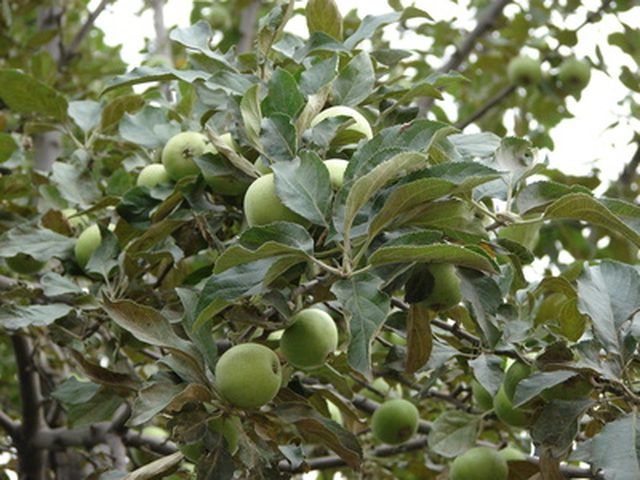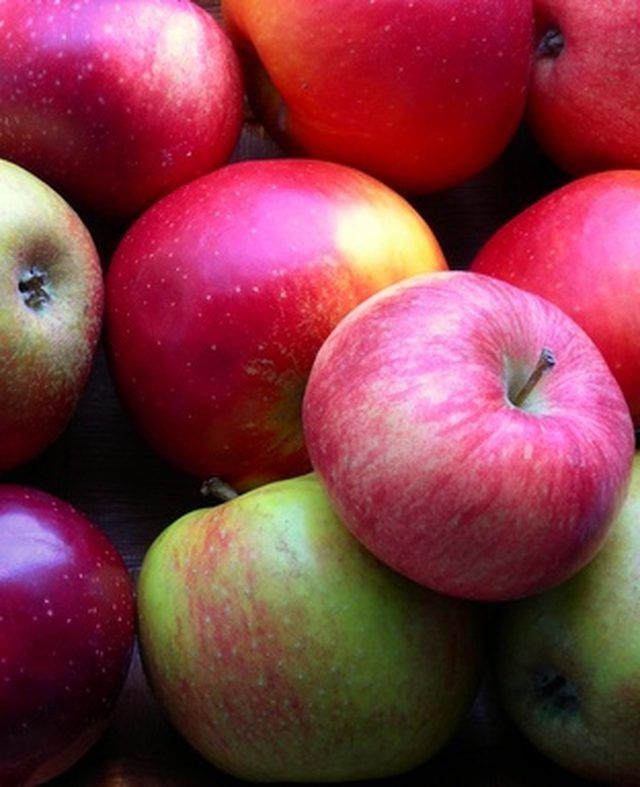Bulbs
Flower Basics
Flower Beds & Specialty Gardens
Flower Garden
Garden Furniture
Garden Gnomes
Garden Seeds
Garden Sheds
Garden Statues
Garden Tools & Supplies
Gardening Basics
Green & Organic
Groundcovers & Vines
Growing Annuals
Growing Basil
Growing Beans
Growing Berries
Growing Blueberries
Growing Cactus
Growing Corn
Growing Cotton
Growing Edibles
Growing Flowers
Growing Garlic
Growing Grapes
Growing Grass
Growing Herbs
Growing Jasmine
Growing Mint
Growing Mushrooms
Orchids
Growing Peanuts
Growing Perennials
Growing Plants
Growing Rosemary
Growing Roses
Growing Strawberries
Growing Sunflowers
Growing Thyme
Growing Tomatoes
Growing Tulips
Growing Vegetables
Herb Basics
Herb Garden
Indoor Growing
Landscaping Basics
Landscaping Patios
Landscaping Plants
Landscaping Shrubs
Landscaping Trees
Landscaping Walks & Pathways
Lawn Basics
Lawn Maintenance
Lawn Mowers
Lawn Ornaments
Lawn Planting
Lawn Tools
Outdoor Growing
Overall Landscape Planning
Pests, Weeds & Problems
Plant Basics
Rock Garden
Rose Garden
Shrubs
Soil
Specialty Gardens
Trees
Vegetable Garden
Yard Maintenance
Apple Tree Care & Spraying
Apple Tree Care & Spraying. Apples grow in 6,000 different varieties, each providing unique, delicious flavors. Apple trees can be grown in a variety of different climates, giving home gardeners a chance to produce their own fruit. Learning the proper procedures for apple tree care, and mastering spraying techniques, helps amateur gardeners start...

Apples grow in 6,000 different varieties, each providing unique, delicious flavors. Apple trees can be grown in a variety of different climates, giving home gardeners a chance to produce their own fruit. Learning the proper procedures for apple tree care, and mastering spraying techniques, helps amateur gardeners start their own small orchards.
Fruit
Two types of apple trees should be planted in order to maximize the fruit production of your trees. Cross-pollination is necessary to create fruit, so choose at least two types of apple trees. Sometimes, the fruit of the apple trees may weigh down branches, requiring you to thin out the future apples. When apples grow to dime size, trim fruit clusters so that only one remains per cluster. The result will be fewer, but more high-quality, apples.

Planting
Apple trees grow best on high, sloping land that keeps cold air flowing away from the tree. Trees need ventilation in order to grow properly and resist cold weather damage. You will also want to put your trees in full sunlight, spacing each to give it a 4-foot diameter all the way around the base of the trunk. Apple trees are planted in late fall to early spring. Place each tree in a hole 2 feet deep to give roots plenty of growing room.
Pruning
Apple trees must be pruned and shaped in order to maximize light and air flow. Each apple tree has a "leader," the main trunk. Branches will grow three to four in a "whorl" pattern. Prune branches so they grow in a uniform pattern around the trunk, each level of branches growing 18 to 24 inches apart on the trunk. Pruning should be conducted in winter when the tree is dormant. During pruning, remove all dead/dying wood and apples. Good pruning helps reduce pests and promote new growth.
Harvesting
Apples ripen and mature at different times of the year, varying by climate and type. Harvest apples when the base color of the fruit changes from green to yellow. The flesh of the apple will turn yellow or white in color at maturity also. Ripe apples are crisp and juicy to the taste. After harvesting apples from the tree, store at 32 degrees F. Place apples in plastic storage containers to prevent drying out. To properly pluck apples from the tree, twist the fruit off the branch--don't pull.
Spraying
Apple trees draw many different types of pests, and they are often at risk for disease. Pesticides are often required to prevent pests, ensuring quality fruit production. Weeds may also threaten tree growth, so regular herbicide treatments should be employed as well. Spray apple trees regularly with fungicide and insecticide every 10 to 14 days during the summer.